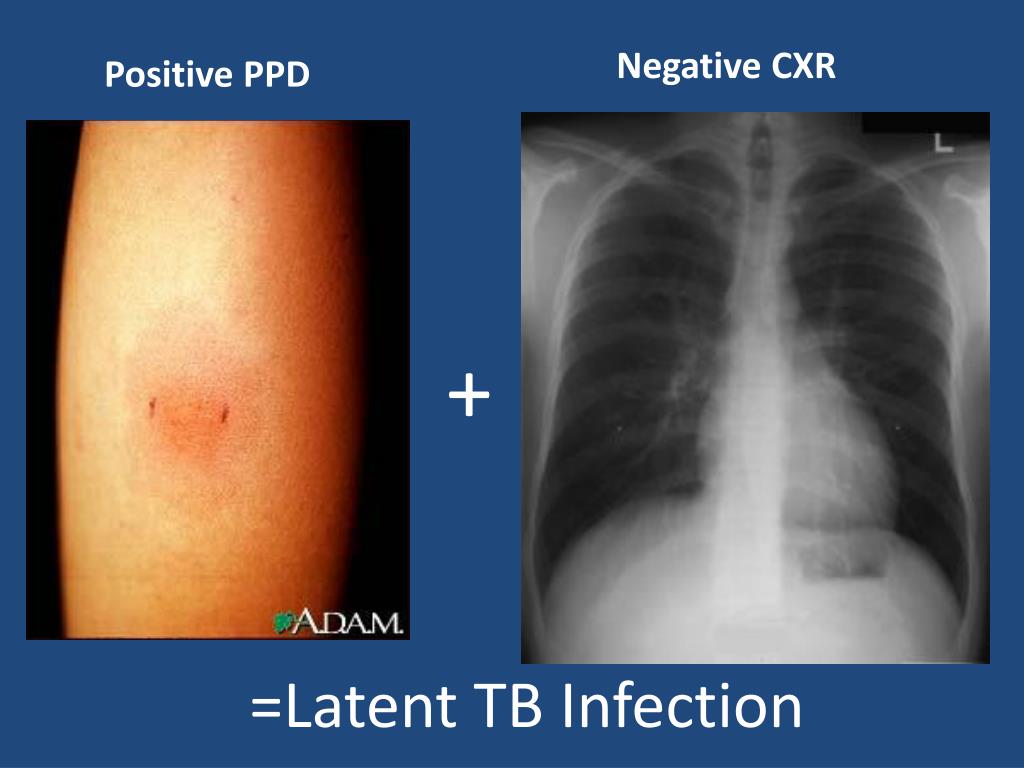
#Negative tb test skin
Repeating the skin test increases the likelihood of detecting the infected animals in a herd. In practical terms this means that approximately 20% of TB-infected cattle can be missed by one round of skin testing using standard interpretation. Further work on quantifying sensitivity of the skin test is currently being undertaken here.

A Northern Ireland specific study published in 2019 by O’Hagan et al.² estimated the sensitivity of the skin test at standard interpretation to be approximately 88%, although there was some bias towards a cohort of younger animals in the data used for this study. Studies carried out in Great Britain have shown that skin test sensitivity lies between 52% and 100% with an average of about 80% sensitivity at standard interpretation¹ and slightly higher at severe interpretation. the higher the sensitivity of the test, the lower the probability of incorrectly classifying an infected animal as uninfected (a false negative result). Sensitivity is the ability of a test to correctly identify an infected animal as positive, i.e. However, the skin test is the best test available for screening live cattle. The skin test may leave an infected animal behind or, more rarely, remove an animal that is not infected. TB is a difficult disease to diagnose and no diagnostic test for it is perfect. into the dermis) at the ‘bovine site’ and the ‘avian site’ respectively. On Day 4 of the test, the skin reactions to the two types of tuberculin are measured and compared. When the bovine site reaction exceeds the avian site reaction by more than 4 mm, the animal is declared a reactor under standard interpretation. When the bovine site reaction measures 1-4 mm more than the avian site reaction, the animal is declared an inconclusive under standard interpretation. bovis and the other from killed Mycobacterium avium, are injected under the outer layer of the skin of the neck (i.e. On Day 1 of the test, two sites are clipped on the neck of the animal. The skin thicknesses at both sites are measured and recorded. Two types of tuberculin, one made from killed M. It is the required test in the EU and has proved to be a reliable tool worldwide. In Northern Ireland, all herds are tested annually, as a minimum requirement, but some are tested more frequently if they are considered at increased risk. The TB skin test is the common name for the Single Intradermal Comparative Cervical Tuberculin (SICCT) test. This skin test is regarded as the definitive indicator of infection by the bacterium that causes TB in cattle - Mycobacterium bovis (M. Interferon Gamma testing (a blood test) where considered epidemiologically necessary, as a supplementary test to the SICCT.Single Intradermal Tuberculin test – for export certification, the SICCT is carried out, but the avian response is ignored.The TB skin test – herds and animals (except for direct export) are tested using the Single Intradermal Comparative Cervical Tuberculin (SICCT) test.In NI, live animal surveillance is undertaken using 4 diagnostic methods: Securing annual EU approval for the TB Eradication Programme and with Directive 64/432/EEC will continue to be a priority, to ensure continued access to this important export trade.
#Negative tb test free
Over 90% of our herds are free to engage in such international trade at any time.
#Negative tb test plus
Our Eradication Programme includes a robust TB testing regime and is vital to safeguarding NI’s £1,000 million plus export-dependent livestock and livestock products industry.

The Animal Health Law and the rules laid down in the Regulation will apply from April 21st 2021, and will alter some of the conditions for the granting, maintaining, suspending and withdrawing of tuberculosis status. Directive 64/432 and the Animal Health Law both require a system of TB surveillance to be in place.

This is supplemented by Commission Delegated Regulation (EU) 2020/689. The ‘Animal Health Law’ namely Regulation (EU) 2016/429 on transmissible animal diseases repeals the provisions of 64/432/EEC relating to tuberculosis status.


 0 kommentar(er)
0 kommentar(er)
